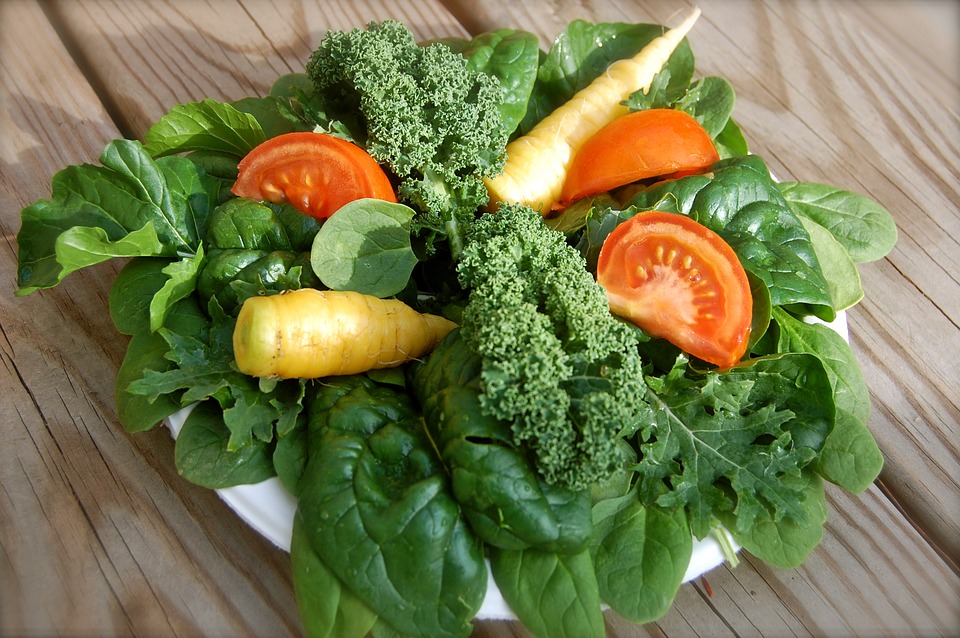
MARCH Vegetables & Fruits
By St. Patrick’s Day (March 17th) it’ll be time to sow seeds of cool-weather vegetables, such as lettuces, peas, leeks, onions, spinach, broccoli, cabbage, cauliflower, kale, and Brussels sprouts. You should also start seeds of artichokes now. The best variety for Zones 6 and colder is ‘Imperial Star F1’, which matures its edible flowers before frost in our area; other artichoke varieties require 2 years to mature.
Most indoor-sown seedlings will need about 6 weeks indoors under lights before they’ll be ready for transplanting outside two weeks before our last frost date (May 15th). Onions and leeks need 10-12 weeks of indoor growth before they’re planted out. Resist the temptation to start warm-weather crops indoors this month (such as tomatoes, chiles, peppers, and eggplants) unless you have very bright lights and lots of room. You might think you’re getting a jump on the season, but warm-weather crops begun too early can get weak and spindly, and later-sown crops quickly catch up with them.
You can take a risk and sow the seeds outdoors in a well-prepared, deeply dug, manured and raked-smooth veggie bed. You can also sow them in large, shallow containers, lug the containers outdoors during the day, and lug them back inside at night (this works particularly well with lettuce and spinach). Or you can start your seedlings indoors in peat or coir pots. Start fertilizing them with a balanced plant food when they’ve put out two sets of leaves. Don’t give them too much nitrogen or they’ll make lots of leggy, weak, disease- and insect-prone growth at the expense of stems and roots. 5-10-5, 10-10-10, or half-strength shots of 20-20-20 fertilizer will work just fine (spray it on the seedlings in the A.M. as well as water it into their growing medium).
Keep the seedlings just moist and give them the strongest light possible — if using grow lights, keep the seedlings no more than 6 inches away from the tubes at all times, lowering the plants or raising the lights gradually as the seedlings grow taller. (I like to drape my light units in light reflective mylar sheeting to amplify the brightness my seedlings receive, but beware: it can get pretty hot under there, so vent the mylar-draped light units regularly.) Leave the lights on for a minimum of 16 hours per day.
If you prefer to raise cold-weather crops from starts rather than from seed, Payne’s will be offering for sale near the end of the month four-packs of Brussels sprouts, Swiss chard, cauliflower, lettuces, spinach, green cabbage, broccoli, and beets. We’ll also be offering for sale 40 varieties of tomatoes, most of them open-pollinated heirlooms; a wide range of chile peppers, many of them rare; and other vegetable varieties selected by us for our Northern New Mexico conditions. For a complete list of all the vegetable starts we’ll be selling this season, click here.
Fruit trees such as apples, plums, peaches, and cherries should be sprayed with horticultural oil this month (if you haven’t sprayed them already) when day temps are above 40ºF and wind is calm. Spray trunks and branches on all sides. The oil will suffocate the eggs of insect pests before they hatch to injure your trees and their developing fruit. (Follow directions on the products’ labels.) Also, pull out or cut off any suckers or shoots that may begin to sprout from the bases of your fruit trees. Otherwise, these shoots will rob your trees of the energy they’ll need to ripen fruits. And there’s still time to prune your fruiting trees and shrubs as long as their new growth has not yet begun.
Near the end of the month you may prune out all of last year’s raspberry and blackberry canes except the canes of everbearing varieties. If you grow currants, remove any trunks that are over 3 years old.
